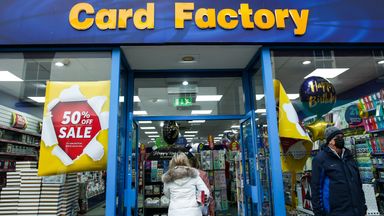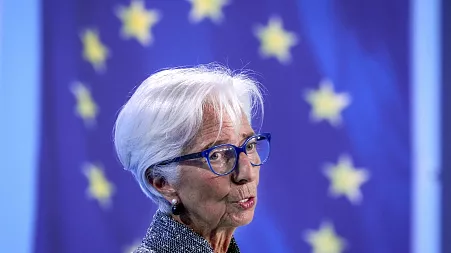WASHINGTON (AP) — American consumers are feeling less confident this month as concerns about jobs rose significantly.
The Conference Board, a business research group, said Tuesday that its consumer confidence index fell to 98.7 in September, from 105.6 in August. It was the biggest month-to-month decline since August of 2021.
The survey was conducted before the Federal Reserve announced a bigger-than-expected half-point interest rate cut last week.
The consumer confidence index measures both Americans’ assessment of current economic conditions and their outlook for the next six months.
The measure of Americans’ short-term expectations for income, business and the job market fell to 81.7 from 86.3 in July. A reading under 80 can signal a potential recession in the near future.
“Consumers’ assessments of current business conditions turned negative while views of the current labor market situation softened further,” said Dana Peterson, the Conference Board’s chief economist. Consumers were also more pessimistic about future labor market conditions, Peterson said.
The labor market has been loosening lately, with jobs numbers steadily declining in recent months.
Employers added a modest 142,000 jobs in August, up from an even weaker 89,000 in July. The unemployment rate ticked down to 4.2% from 4.3%, which had been the highest level in nearly three years. Hiring in June and July was revised sharply down by a combined 86,000. July’s job gain was the smallest since the pandemic.
On top of the tepid jobs numbers from July and August, the government reported earlier this month that the U.S. economy added 818,000 fewer jobs from April 2023 through March this year than were originally reported. The revised total added to evidence that the job market has been steadily slowing.
The labor market data — along with receding inflation — played a significant part in the Federal Reserve’s decision to cut its benchmark borrowing rate by 50 basis points, double the usual amount.
The rate cut, the Fed’s first in more than four years, reflected its new focus on bolstering a softening job market.
The central bank’s action lowered its key rate to roughly 4.8%, down from a two-decade high of 5.3%, where it had stood for 14 months as it struggled to curb the worst inflation streak in four decades. Inflation has tumbled from a peak of 9.1% in mid-2022 to a three-year low of 2.5% in August, not far above the Fed’s 2% target.
Fed policymakers also signaled that they expect to cut their key rate by an additional half-point in their final two meetings this year, and they envision four more rate cuts in 2025 and two in 2026.
The Conference Board reported Tuesday that consumers’ view of current conditions fell to 124.3 in September from 134.3 last month.
Consumer spending accounts for nearly 70% of U.S. economic activity and is closely watched by economists for signs how the American consumer is feeling.
Disclaimer: The copyright of this article belongs to the original author. Reposting this article is solely for the purpose of information dissemination and does not constitute any investment advice. If there is any infringement, please contact us immediately. We will make corrections or deletions as necessary. Thank you.



